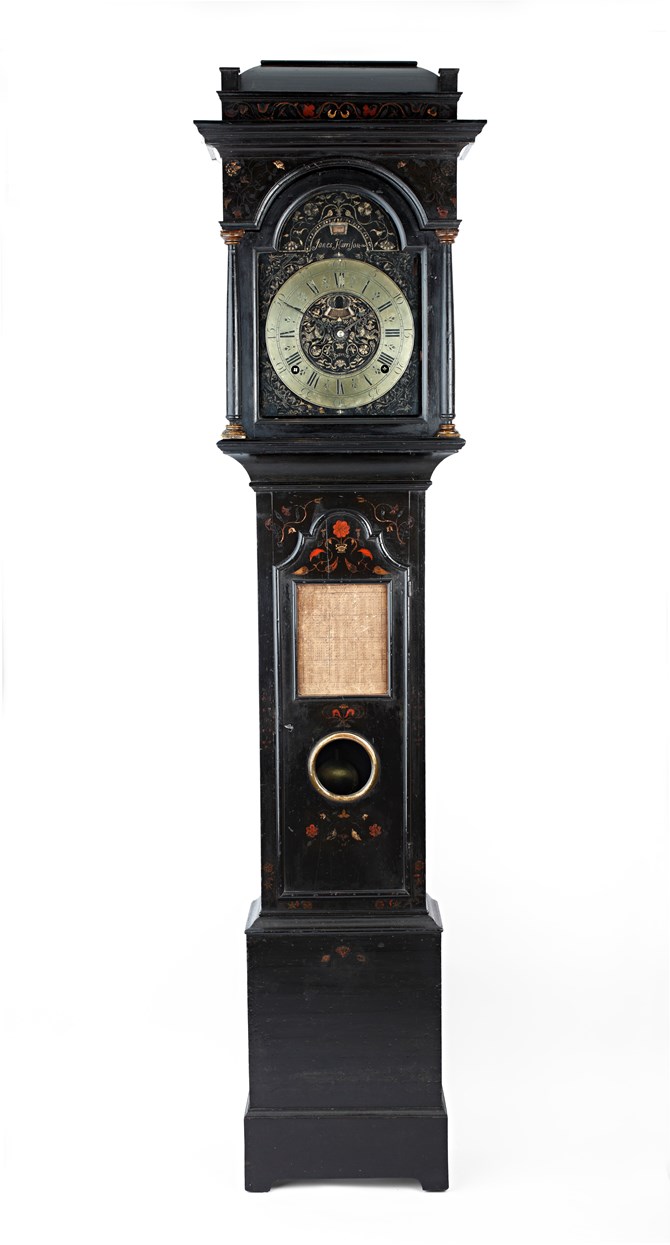
04 Apr 2018
Object of the week- The Harrison clock
At first glance, this long case clock may look like nothing more than a rather ornate antique timepiece.
But delve a little further into the history of John Harrison’s creation and you’ll find it helped to solve a mystery that had baffled scientists and seafarers for centuries.
The 18th century Precision-pendulum Clock No 2, on permanent display at Leeds City Museum, was built by the famous clockmaker and his brother in 1727.
In 1714 the Longitude Act had been launched by the British Government offering a reward of £20,000, the equivalent of around £3m today, for a practical solution to the problem of accurately determining longitude.
Not being able to calculate longitude accurately had led to severe navigation problems on long sea journeys, resulting in ships getting lost and wrecked which in turn cost shipping companies thousands in lost lives and cargo.
Harrison, who was born in Foulby, near Wakefield, knew that the secret lay with being able to precisely tell the time on the shifting seas and he subsequently produced a series of precision clocks, each one more accurate than the last.
Eventually he managed to achieve unprecedented accuracy with this clock, which led him to further refinements and portable versions.
That culminated in the sea watch H4, which could not only tell the time accurately at sea, but could withstand the motion and extreme conditions on long voyages. It was eventually recognised as the solution to the longitude puzzle and won Harrison the much-coveted prize.
Centuries later, at a dinner at 10 Downing Street, Neil Armstrong, the first man on the moon, proposed a toast to John Harrison, saying his invention enabled men to explore the earth, which gave them the courage to voyage to the Moon.
ENDS
For media enquiries contact:
Leeds City Council Communications team
communicationsteam@leeds.gov.uk